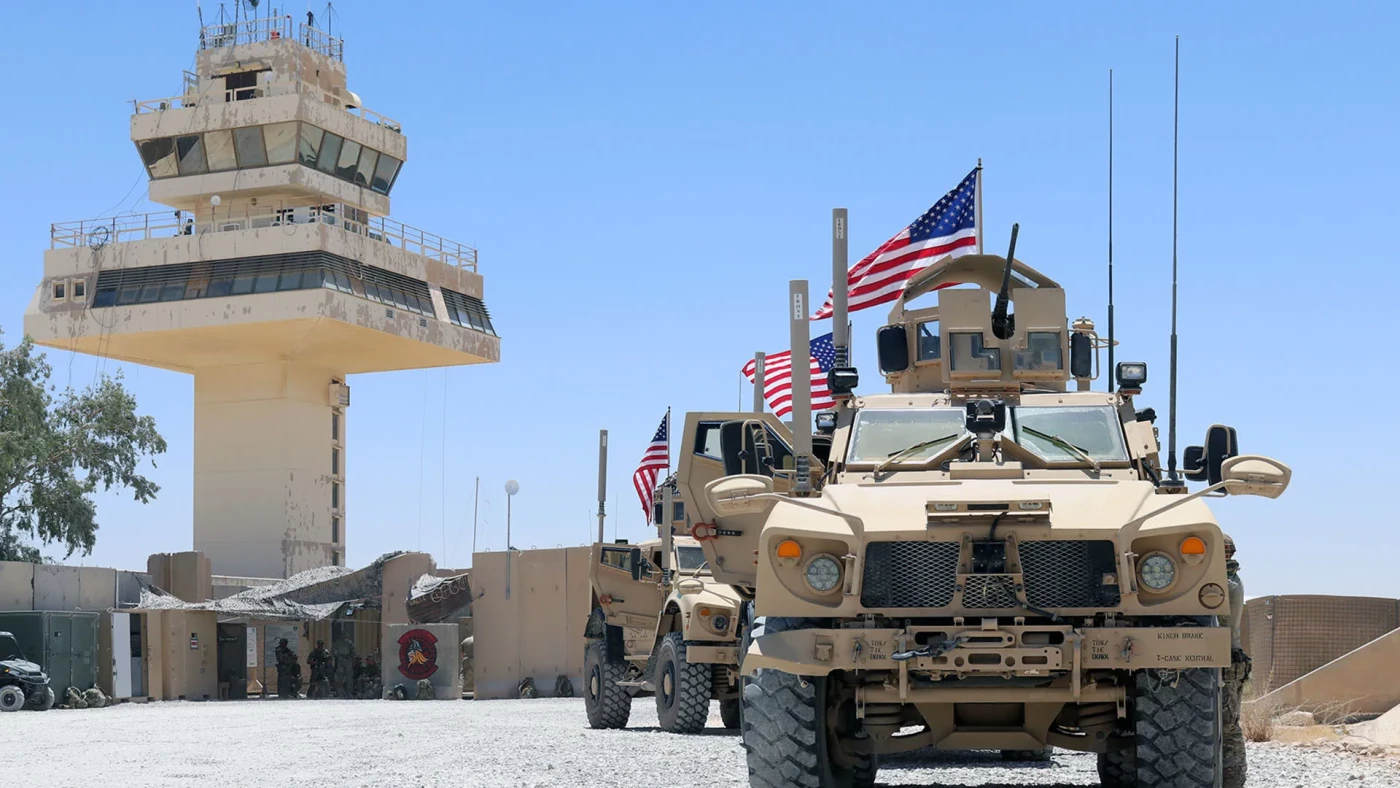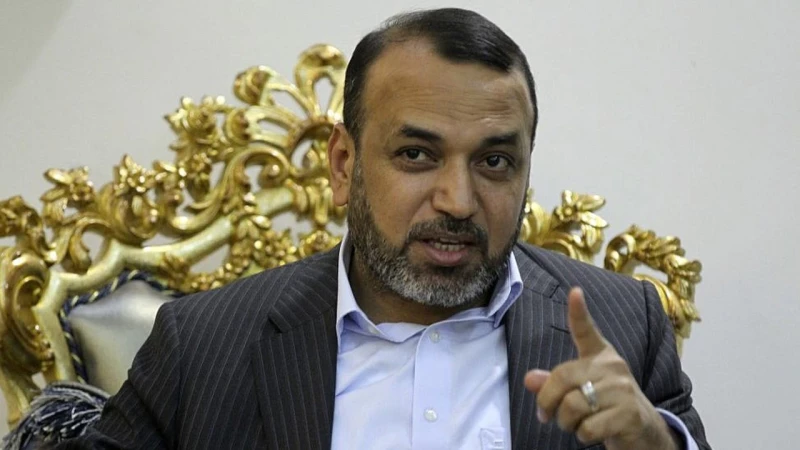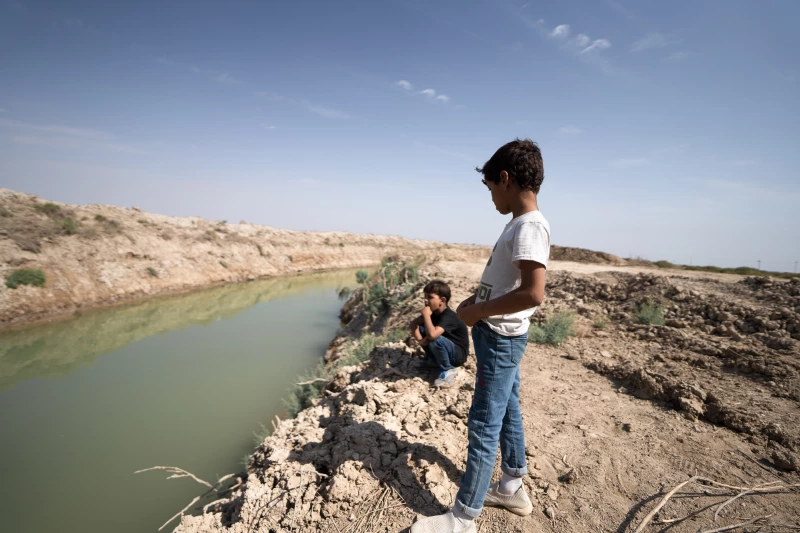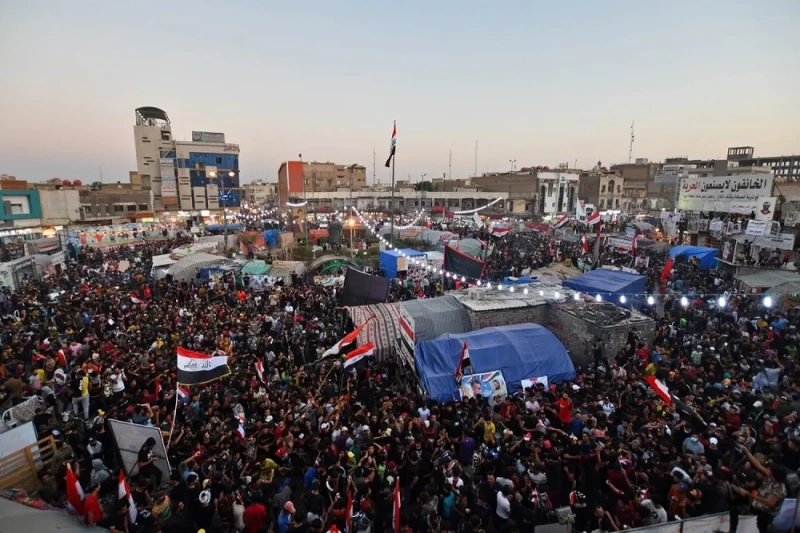ERBIL, Kurdistan Region of Iraq - Iraq is approaching a critical crossroads as the United States announced an accelerated withdrawal of its forces from key bases in the country, including Ain al-Asad and Victoria, while repositioning some units to Harir Airport in Erbil and possibly to neighboring Arab states.
Although this move had been planned since the signing of the Baghdad-Washington agreement in September 2024, its sudden acceleration has raised concerns and questions about the real motives behind the decision and its potential impact on Iraq’s political and security landscape.
Reasons behind the move
Analysts believe the rapid withdrawal results from several converging factors, chief among them the increasing attacks on US forces over the past two years. The US Department of War [previously known as the US Department of Defense] recorded more than 180 rocket and drone attacks since October 2023, following the launch of the “Al-Aqsa Flood” operation in Gaza, carried out by Iran-backed Iraqi factions.
The late Iraqi security expert Hisham al-Hashimi had previously explained that such militias view the US presence in Iraq as a legitimate target that sustains their “resistance” narrative, adding to Washington’s political and economic burden and making the protection of its troops an escalating challenge.
In addition to security factors, Prime Minister Mohammed Shia’ al-Sudani faces strong domestic pressure from some Coordination Framework forces pushing to end the US military presence entirely.
In several interviews, Sudani’s advisor Hussein Allawi stated that the government aims to transform the relationship with Washington from a direct military presence into a technical and advisory security partnership focused on capacity-building and cooperation, without provoking clashes with militias or alienating local political allies.
This vision reflects Baghdad’s attempt to balance internal pressures with the need to preserve strategic relations with the US.
For its part, Washington has not hidden its concern over the growing influence of what it calls “militias.” US officials reportedly told Baghdad they might not adhere to the original withdrawal schedule, especially after parliamentary debates on the Popular Mobilization Forces (PMF) Law reignited fears of legitimizing armed groups outside state authority.
The US withdrawal, therefore, is not merely an exit from Iraqi territory; it is part of a broader strategy to redeploy military assets regionally. The Trump administration views maintaining operational flexibility and reducing political and economic costs as essential, particularly as attention shifts to strategic competition with China.
In this regard, researcher Mohammed Kawas told The New Region that the sudden acceleration of the US withdrawal from Iraq carries political messages to both Baghdad and Tehran and signals a recalibration of regional dynamics in line with Washington’s evolving interests.
Potentially dire repercussions for Iraq
The consequences for Iraq appear highly sensitive, as the experience of the 2011 US withdrawal remains vivid in the country’s memory, when the ensuing security vacuum allowed ISIS to seize large swathes of territory. Although the group was defeated militarily in 2019, its sleeper cells remain active, continuing to carry out limited attacks.
Reports by the US Central Command indicate that joint operations with Iraqi forces are still ongoing but warn that the absence of advanced American intelligence could pave the way for the group’s gradual resurgence, particularly across the Syrian border, which continues to witness chaos following the collapse of the Assad regime.
On the other hand, Iran-aligned armed factions seem to be the biggest beneficiaries of the US withdrawal. The departure of American forces will grant them greater freedom of movement, facilitate weapons transfers inside and outside Iraq, and strengthen their regional influence.
Kataib Hezbollah confirmed in August 2025 that it would not back down from its demand for the departure of foreign forces, calling the move a “historic victory.”
Similarly, analysts such as Bridget Toomey believe the withdrawal could be seen as a boost to the “Axis of Resistance” and a reinforcement of Iranian propaganda, while weakening Baghdad’s calls for a monopoly on arms within the state.
Economically, experts warn that the removal of US protections will place additional financial pressure on Iraq. A halt in Washington’s renewal of energy import waivers from Iran or the freezing of Iraqi assets abroad could trigger liquidity shortages and potential inflation.
In this regard, researcher Nihad al-Hadithi told The New Region that the US withdrawal creates not only a security vacuum but also risks a financial isolation that could undermine both Iraq’s economic and political stability.
Sudani’s government is attempting to walk a middle line between the divergent public opinion regarding the US military's presence, maintaining the benefits of partnership with Washington while avoiding confrontation with its domestic allies, but the task remains extremely difficult.
Regionally, Iran stands as the main beneficiary of the withdrawal, as the exit of US forces from key areas removes obstacles to its logistical supply lines stretching from Tehran to Beirut. However, Israel may exploit the vacuum to launch direct operations against Iraqi factions, a step previously deterred by the US military presence.
As for Turkey, the continued US presence in Erbil serves as a deterrent to deeper incursions into the Kurdistan Region, but any future withdrawal could open the door to expanded Turkish operations, especially amid ongoing tensions with the Kurdistan Workers’ Party (PKK), despite its recent announcement of dissolution and disarmament.
Looking ahead, Iraq faces several potential scenarios. A security vacuum could enable a resurgence of ISIS cells, particularly if Iraqi forces fail to sufficiently enhance their intelligence and operational capabilities, while the withdrawal may simultaneously expand Iran’s influence and its proxies’ power, redrawing regional balances at the expense of the Iraqi state and its institutions.
Domestically, the US pullout could deepen political and social divisions and leave national security hostage to rivalries among the country’s components. Nevertheless, a complete American withdrawal appears unlikely; Washington is expected to maintain a limited presence in neighboring states such as Jordan and Kuwait, ensuring Iraq remains an open arena for international and regional competition, albeit in a new form.
This places Iraq at a defining crossroads: can it fill the gap with national resources, or will it repeat the mistakes of 2011 and allow militias and terrorism to shape its future?
The answer seems to depend on Baghdad’s ability to balance sovereignty with external support and to navigate between internal divisions and a volatile regional environment. Iraq today stands at a turning point, where internal fragility meets regional and international dynamics, and what unfolds next could mark a defining chapter in the nation’s modern history.
Military adviser Safaa al-Asam affirmed that what is happening now should not be considered a full US withdrawal from Iraq but rather a carefully planned repositioning aimed at relocating some units to alternative sites within the region, with the exception of a limited contingent of roughly 600 ground troops who have been moved into Syrian territory as part of the redeployment plan.
Asam told The New Region that these moves constitute a tactical adjustment by US military leadership, not a sudden political decision, noting that Washington is redistributing its forces to ensure rapid response to potential regional crises, particularly amid rising tensions between Israel and Iran.
He explained that through this new deployment strategy, the US seeks to maintain flexibility of movement across the region without losing its capacity for intelligence or military support within Iraq and Syria. This, he stressed, reflects strategic caution rather than a complete withdrawal.
On the domestic front, Asam acknowledged that Iraq still faces clear gaps in critical defense capabilities, especially in modern air defense systems and aircraft needed to protect its skies and secure its borders. However, he noted that the Iraqi government has already begun addressing these deficiencies through new arms deals that include French Rafale fighter jets, Caracal transport aircraft, and advanced radar systems from South Korea to enhance surveillance and early-warning capabilities.
The military adviser further emphasized that the threat of ISIS has not disappeared entirely, as remnants of the group continue to operate in rugged and border areas. Nonetheless, he expressed full confidence in the Iraqi military establishment’s ability to maintain control and prevent the organization from regaining its former strength.



 Facebook
Facebook
 LinkedIn
LinkedIn
 Telegram
Telegram
 X
X


